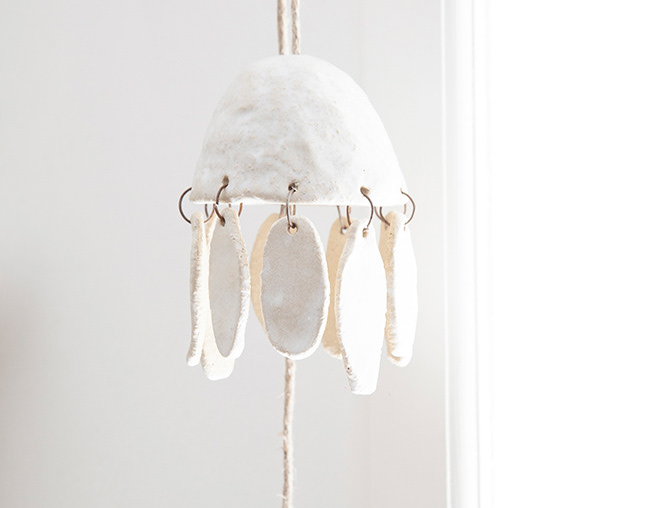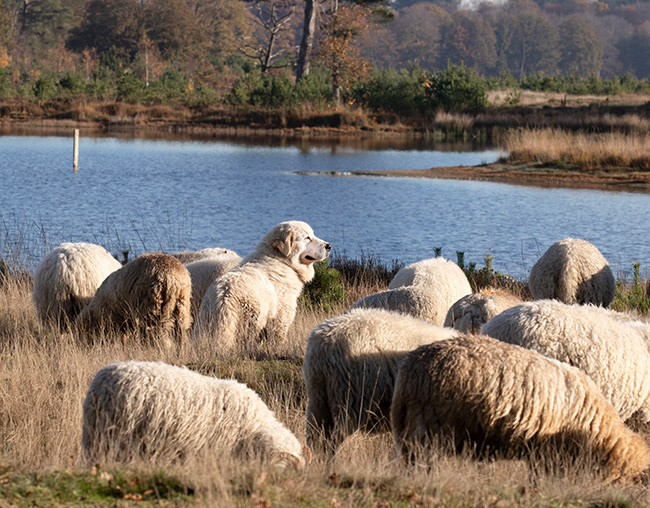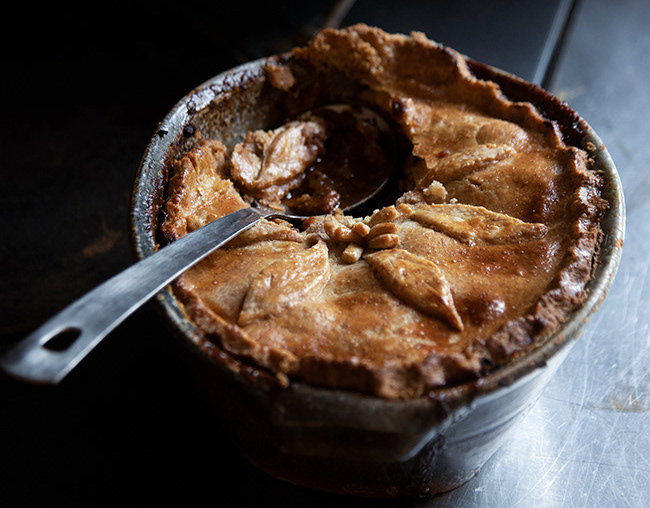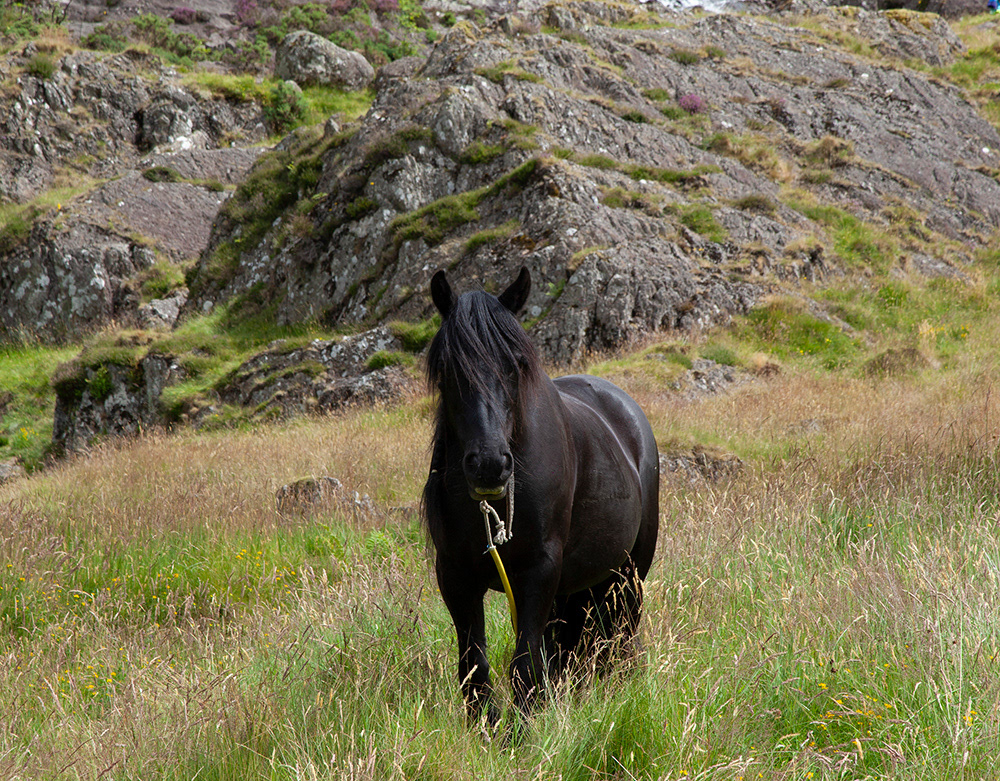
CR 001
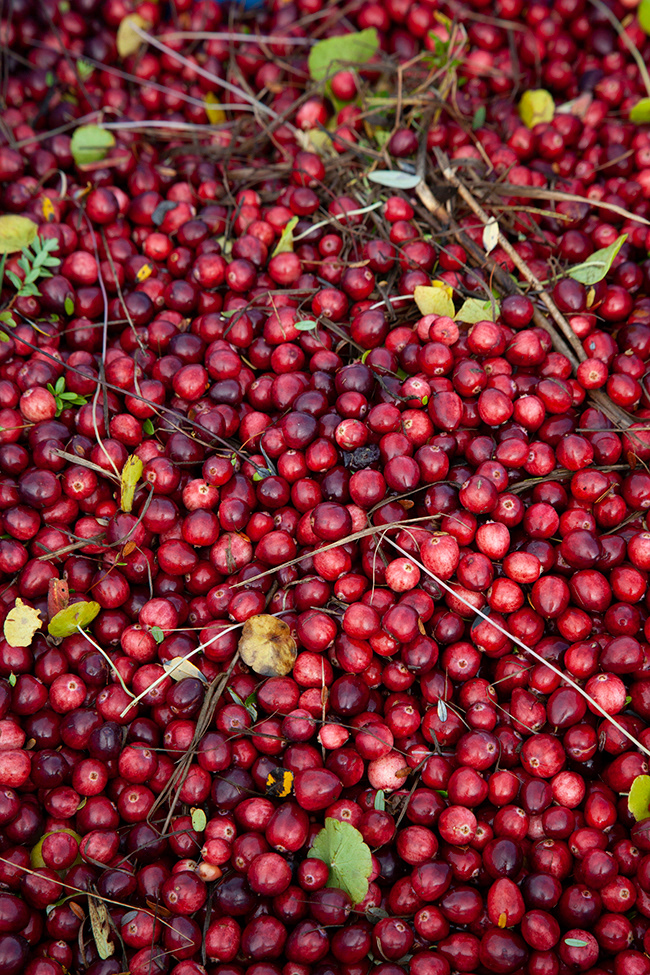
CR 002

CR 003

CR 004
Once upon a time, long ago, a wooden barrel with firm, red, sour berries washed ashore on Terschelling, one of the Wadden Sea Islands north of the Frisian coast in the Netherlands. It often happened that something washed ashore on the beaches of Terschelling. Many ships sailed along the island and the sea can be rough. According to stories told, that’s the way these firm, red, sour berries, cranberries that came from America and Canada, found their way to the island’s dunes where, as a result, these originally wild North American plants put down their roots on the island permanently. In autumn, the wild cranberries are ready to be picked by the islanders, in the dunes of Terschelling.
"Look, there they are," says Hans, as we drive in a small 4x4 at a considerable speed along sandy paths through the island’s dunes. "You’ll never know exactly where they pick berries, they could be anywhere," he continues. Hans runs the company that processes the wild cranberries of Terschelling on the Dutch mainland, in small old Frisian town of Harlingen.
We get off at a group of men who are just having a coffee break while discussing this day’s harvest. After a short break they get back to their work. "They get paid by the kilo," explains Hans, "that's how it has been for generations, most of them also go back generations as cranberry pickers on the island". "That's right," André, one of the pickers, confirms, "my father was a seasonal cranberry picker, my grandfather and his father before him picked cranberries every year". “All seasonal cranberry pickers are from the island, you can’t pick cranberries if you aren’t,” the berry picker explains. The man takes his time to explain his work to me, while harvesting berries on the ground with his harvester. It’s fascinating to watch; The plants aren't big, and the berries are hidden under the plant’s leaves, but the harvester's comb combs the berries of the plants without damaging them. In a short time, the pickers harvest baskets full of cranberries. "There are quite a lot of cranberries here on this field this year, but the harvest varies from one field to another, it's a natural produce of course".
"When it's picking season, the freshly harvested cranberries go ashore every day, by ferry," explains Hans. “We process them into natural juices, but also into compotes, sauces and jams.” Part of the harvest is sold fresh, organic berries straight from the nature reserves of Terschelling. “It's strange that people eat cranberries mainly at Christmas,” says Hans, “because now, freshly harvested at the beginning of autumn, they are at their best,” Hans explains. He puts a fresh cranberry in his mouth. "Have you tasted some already?" he asks. I shake my head; I think I’ve only eaten them processed. I taste a fresh one and then another one; they are indeed quite tasty, it takes some getting used to, but uncooked fresh cranberries do have a nice fresh taste. "Cranberries stay fresh for a long time, so you can of course keep them until Christmas", Hans continues his story, "They are hard berries with a firm skin. That long shelf life was also the reason sailors brought cranberries in barrels, as a source of vitamin C, against scurvy," continues Hans. "In the past on long sea journeys sailors took two important things; cranberries for the body and brandy for the mind, that's how you survived a long journey at sea. And that is why, according to the legend, these North American berries ended up on Terschelling".
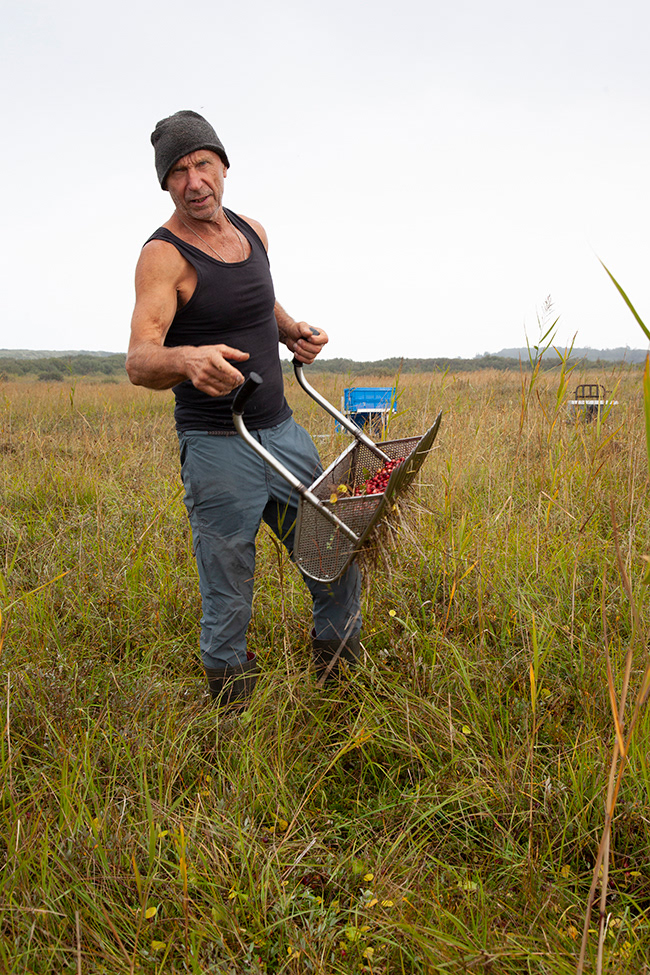
CR 005
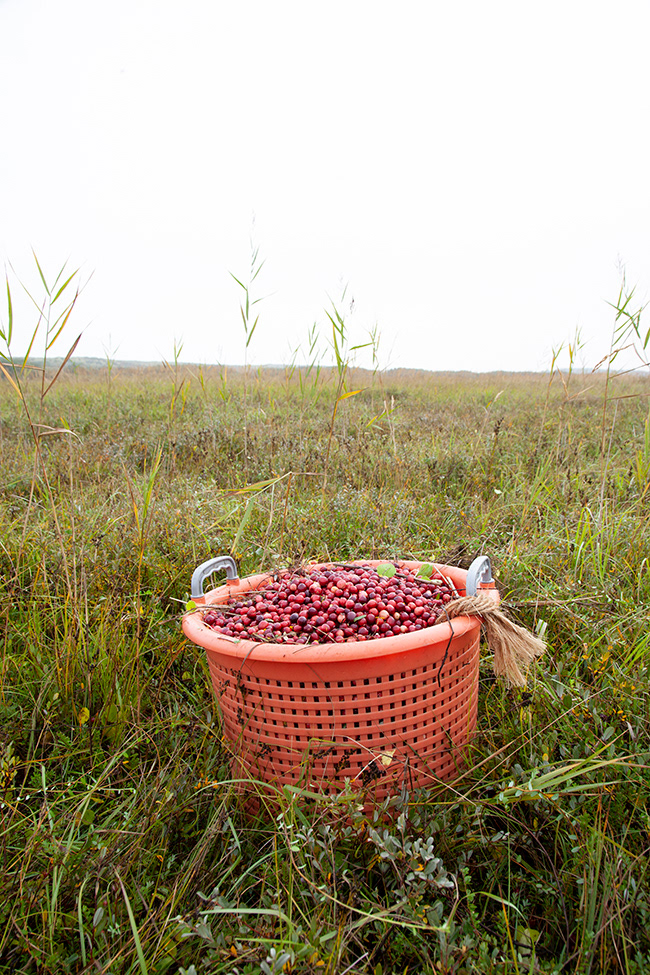
CR 006

CR 007

CR 008

CR 009

CR 010

CR 011

CR 012

CR 013

CR 014

CR 015

CR 016
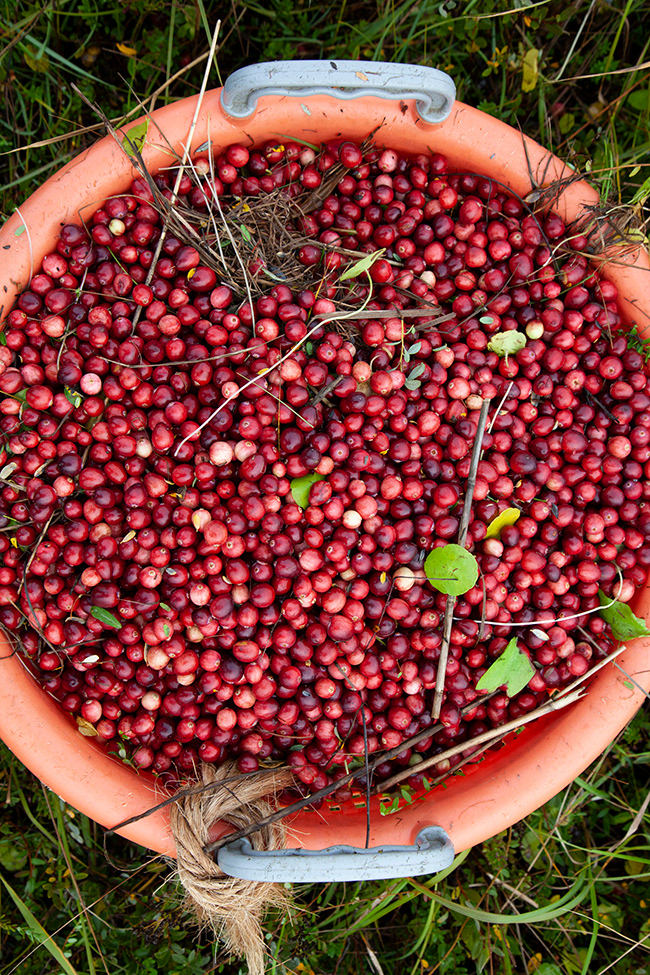
CR 017

CR 018

CR 019

CR 020

CR 021

CR 022

CR 023

CR 024

CR 025
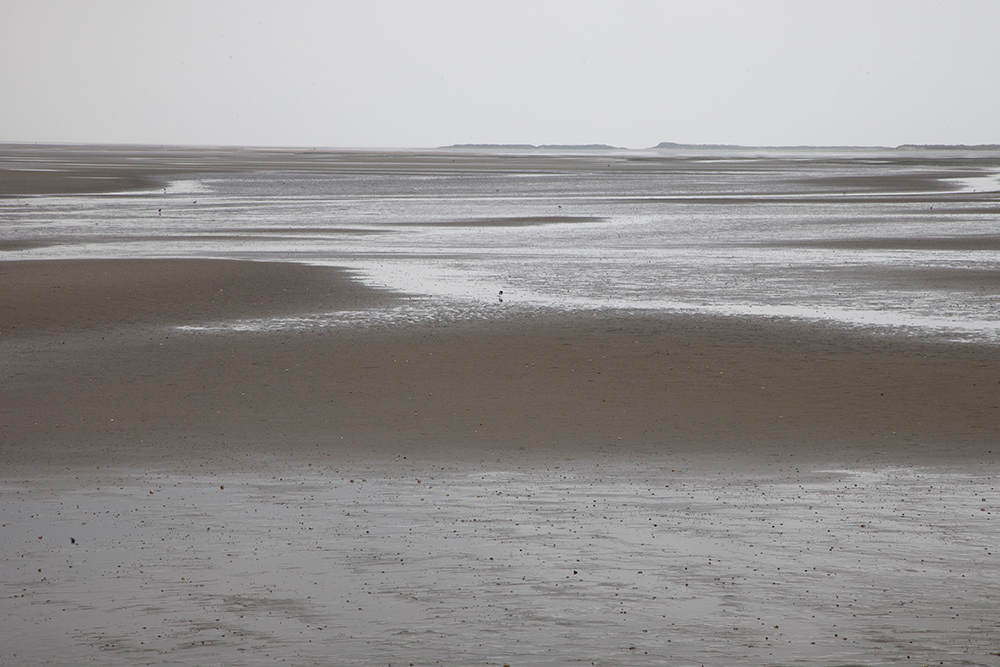
CR 026

CR 027

CR 028

CR 029

CR 030

CR 031

CR 032

CR 033

CR 034
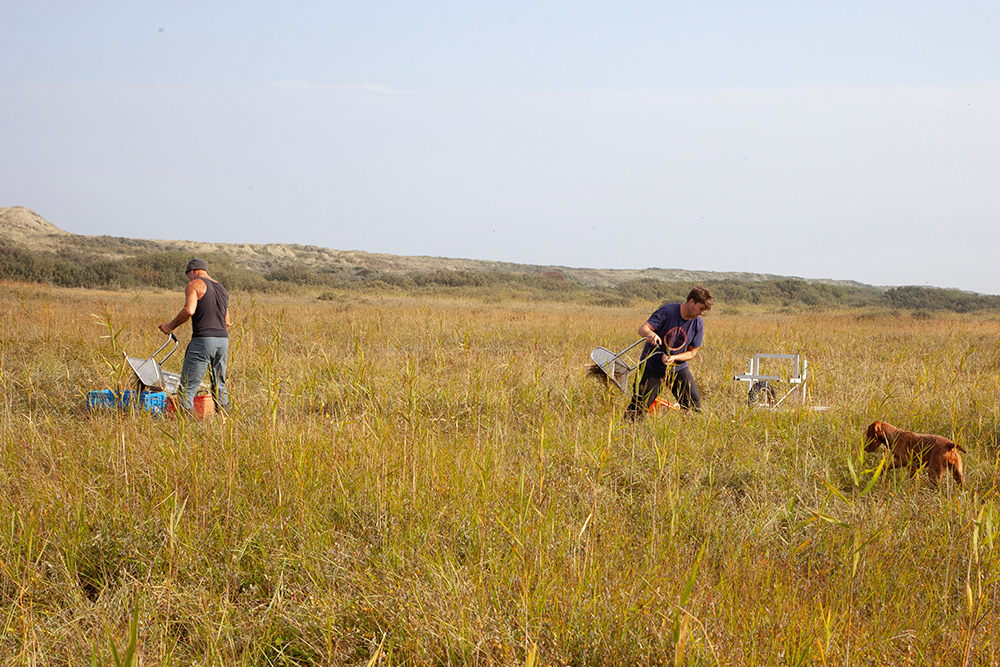
CR 035
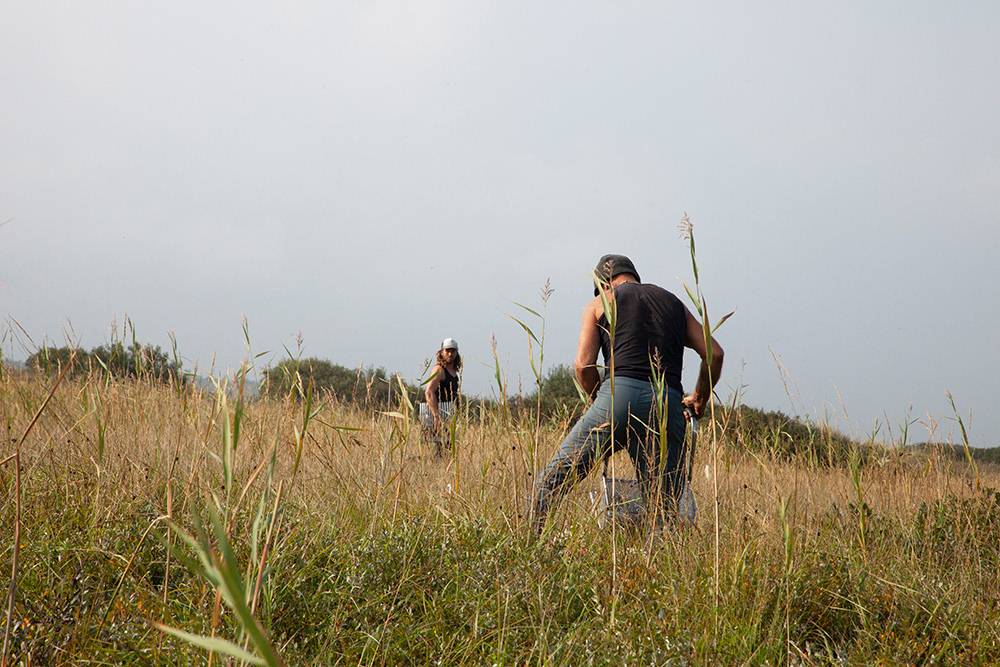
CR 036

CR 037

CR 038

CR 039

CR 040

CR 041

CR 042

CR 043

CR 044
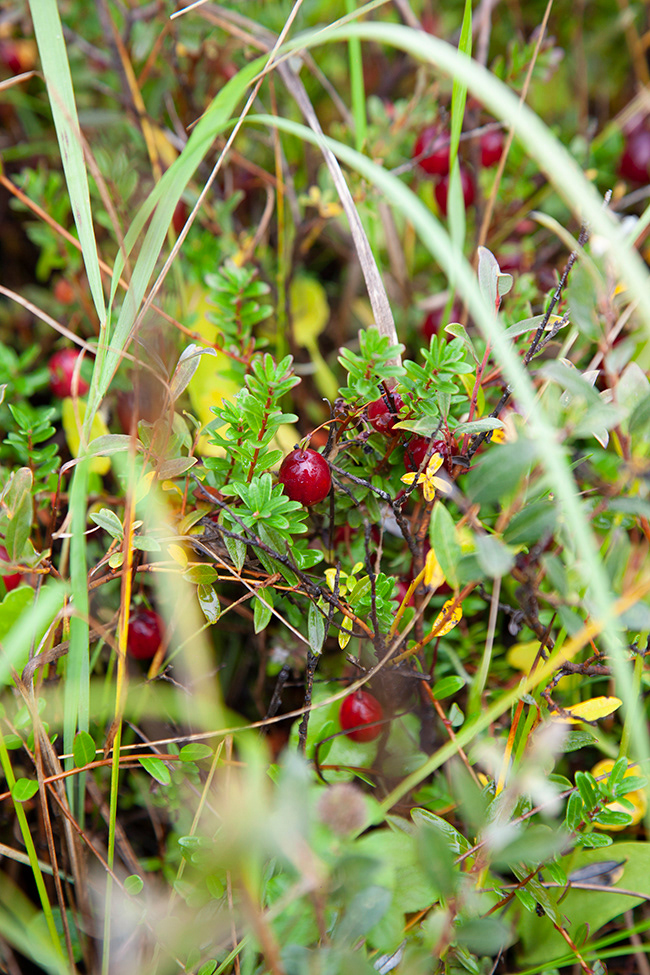
CR 045

CR 046

CR 047

CR 048
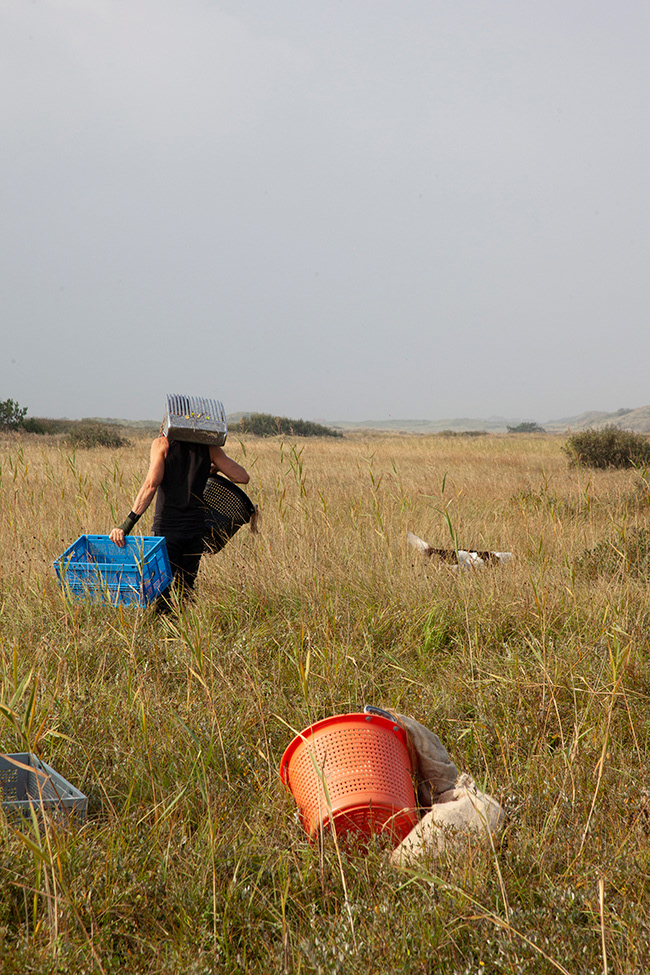
CR 049

CR 050

CR 051

CR 052

CR 053
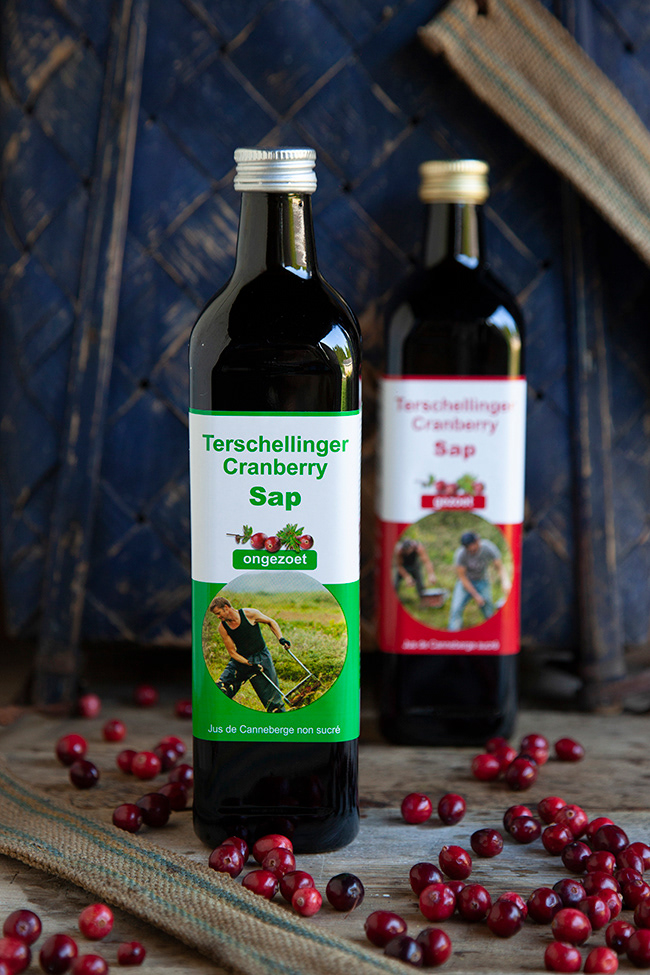
CR 054
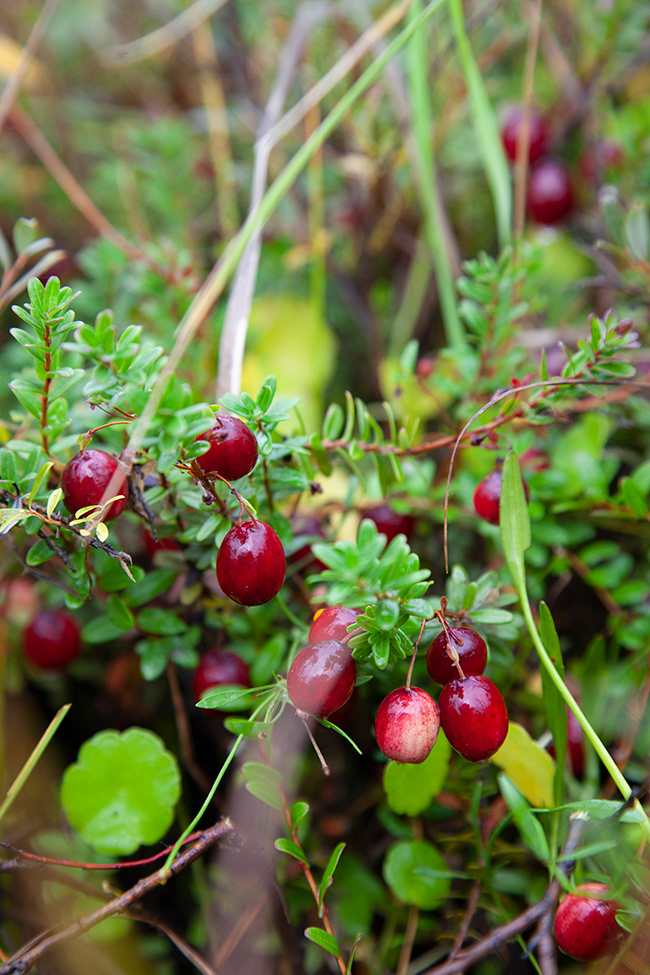
CR 055

CR 056

CR 057



